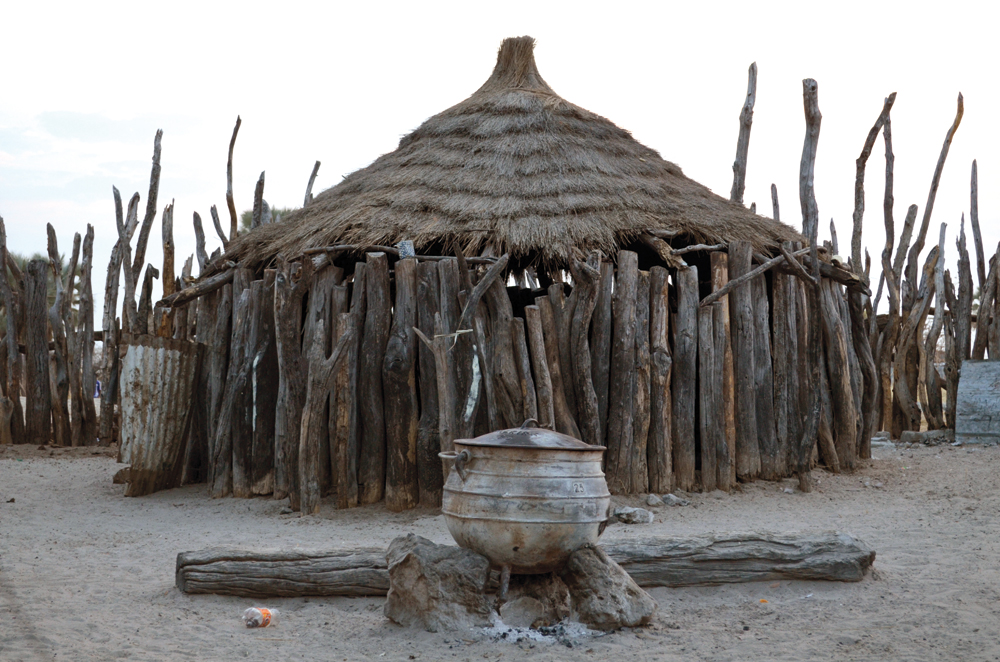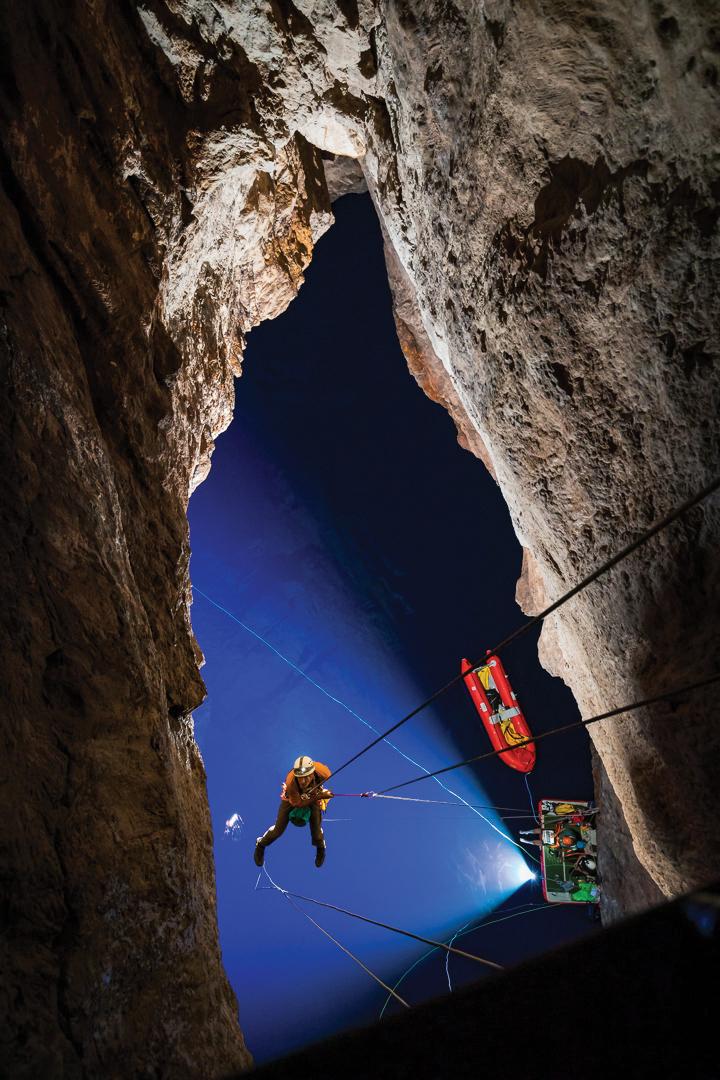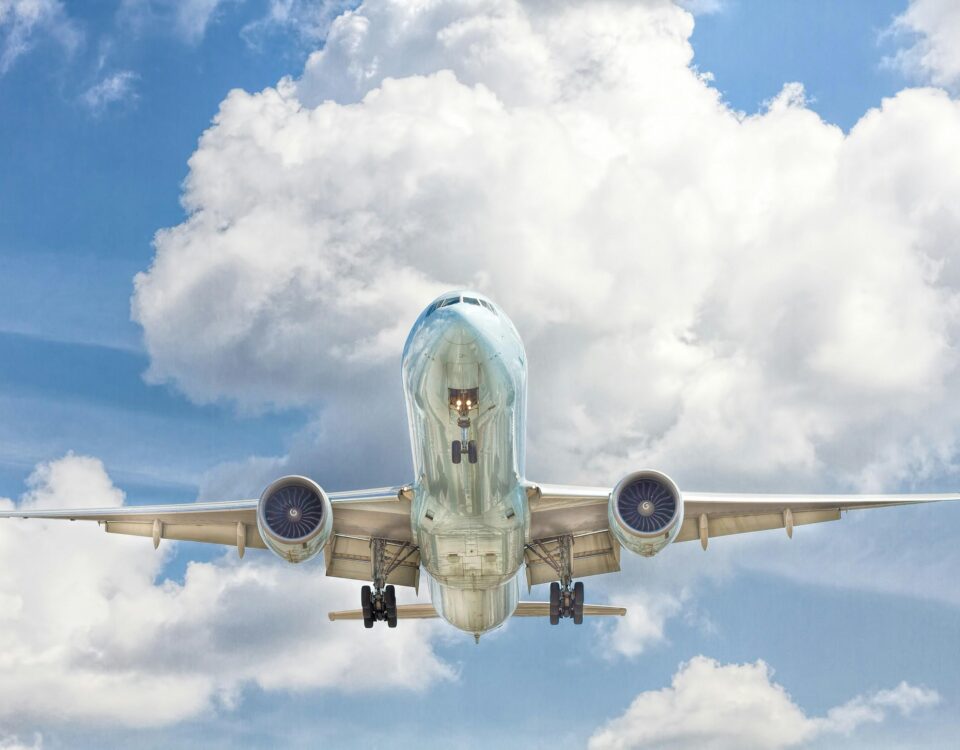
Bring your children to Namibia!
February 22, 2017
Wilderness Safaris
February 23, 2017Text Marita van Rooyen | Photographs Marita van Rooyen, Jeffrey Nakanuku
A region of mysticism and muti, where traditional ways of doing and deep-rooted culture still enjoy priority over modern influences, Namibia’s deep north is an area that is unexplored in many ways.
W ith the exception of Namibia’s capital, the Omusati, Oshana, Ohangwena and Oshikoto regions host the most densely populated urban areas of our country. Communal farming land and subsistence farming are the main activities in these regions, and life on the vast, flat plains depends on the seasonal efundja, the floods that feed the rivers and oshanas. The flat landscape is characterised by huge, spreading marula trees and sporadic stands of the tall, graceful makalani palm, Hyphaene petersiana.
However, in terms of tourism the region north of Etosha has remained untapped for centuries. Up until now, that is.
Northern traffic
They say you enter the ‘north proper’ only once you reach Oshivelo. It is here where city dwellers can lay the modern influences to rest for the time being, picking them up again when they pass by the town on their way back to the capital. In Oshivelo you revert to traditional mode and behave accordingly, because from here northwards life still happens the way it has for centuries.
If you travel north during spring, go prepared, because this is busy season. Although it’s not the ideal time of the year for a visit (April/May is generally recommended), temperatures are not yet extreme, and with daily life taking place between dry oshanas and whirling white dust, it creates a unique landscape for the curious and appreciative eye.
Herds of cows guided by young boys and their faithful dogs, wandering donkeys, and uniquely original and positively named shebeens line the streets. These establishments are where men avoid the heat of the day over a cold beer and mémés keep themselves busy, resplendent in their pink ondelela dresses. The atmosphere is festive, with numerous weddings, traditional festivals, and trade fairs the order of the day: it is celebration time in the north!
Tourism initiatives unfold
Apart from the annual Ongwediva Trade Fair and controversial Olufuko Festival, which both take place at the end of August, and the Okakarara Trade Fair in the beginning of September, there is always cause for celebration in the area, such as the opening of Ongula Village Homestead in 2012.
After many years in the government sector, local mémé Hilya Taetutila Nghiwete decided to contribute what she calls ‘my bit of national development’ through cultural tourism. Not something that was born out of thin air, Hilya’s interest in tourism originated way back during her years in exile on the Island of Youth in Cuba. “Here I was both a tourist and a scholar. Before my time in Cuba, I had no idea what tourism was about. But during holidays, the Cuban government took us to many different holiday destinations, where we were entertained by cultural dancers, tried out traditional foods and took part in sightseeing.”
So Hilya came back to her motherland and took the plunge to realise her dream of incorporating her Oshiwambo culture into the tourism market with the opening of the Ongula Village Homestead Lodge a few kilometres north of Oshigambo in the heart of Owambo.
Working with her husband and business partner, Veiccoh Nghiwete, she developed a modern, luxurious version of the traditional homestead. Consisting of four en-suite bungalows and a communal complex that houses reception, the lounge and bar areas, the existing homestead of the senior traditional councillor and Hilya’s father, Peter Shimweefeleni Kauluma, has been expanded in a highly ‘un-Oshivelo’ fashion. The old blends in well with the new, with a collection of omahangu storage baskets adorning a pole next to the bar, the latter made up of vertically cut oil drums. These clever recycling initiatives tie up with the lodge’s eco-friendly accommodation built from natural materials, as designed by local lodge builder, Trevor Nott. The staff also received on-site training by Namibian specialist Tom Mutavdzic of the Chef’s Association of Namibia and the Hospitality Association of Namibia.
Besides the unique touch of modern amenities in a very traditional setup, Ongula Village Homestead Lodge is a pioneering venture in cultural tourism. “It’s not just about showcasing our culture. We want guests to mingle with local people in their own setting and experience their way of living, but with the assurance of excellent service, good food and high standards of hygiene.”
Culture and heritage
People travel to see how other people live, to experience their neighbourhoods, and to understand the natural environments that define their existence.
One approach is through the integration of ecotourism with cultural heritage tourism. We must first inculcate the pride to willingly, and with confidence, share our customs, norms and traditions into our own Namibian nation, instead of seeing these in a negative manner or as taboo.
And on this specific occasion the people came together – regardless of their cultural background – and celebrated in true Oshiwambo style.
But, as always, the main festivities took place once the food had been carried out. Oshifima, ombelela, marathon chicken, all the traditional dishes were there, and in abundance. But the squeamish need not fear; the regular menu consists of a tasty fusion of modern and traditional, while the signature mahangu salad (finely chopped onions, carrots, cucumbers and mahangu) is sure to cater for every taste.
Added Hilya, “In our culture, guests come first, and we always try to accommodate them. If they’re not comfortable with any of our traditions, we won’t push them. Our main aim is to open up our homestead and culture to those who are interested in learning more about the Oshiwambo way of life, and this includes all our ways of doing.”

See more of Owambo
Combine a trip to Etosha with a two-day stopover at Ongula. Exit at the King Nehale Gate in the north and take the B1 to just before Ondangwa, where you turn off to proceed along the D3622 to Ongula. From here, head for the Ruacana Falls, visiting the Nyeka ye Pumba basket-weaving project, the Ohandje Artists Co-operative, and Ombalantu Baobab Tree en route, or divert to the Zambezi Region, taking the Eenhana to Rundu road.
Day trips from Ongula can be arranged to the Nakambale Museum, a community-based tourism enterprise established at Olukonda in 1995; the Onankali Omahangu Paper Project, where paper is made from mahangu; or the Oonte bottle recycling project. Guests can also attend communal court proceedings, take a tour through Ondangwa’s open market, and go on village expeditions. Needless to say, no visit to the north is complete without doing some serious shebeen hopping, as there are plenty of these traditional establishments in the area.






Ongwediva Annual Trade Fair – a leading business event in the north
The towns in northern Namibia are experiencing an upward trend, both in economic activities and in investment. The Ongwediva Annual Trade Fair is one of the leaders here, exposing Ongwediva and other major towns to major investments and business opportunities.
Held annually since 2000, the Ongwediva Trade Fair is the foremost multi-sectoral trade and industrial show north of the capital. It serves as a platform to promote local products, entrepreneurs and business opportunities in the northern regions.
Exhibitors came from near and far, and include participants from countries such as Angola, South Africa, Zimbabwe, Zambia, Kenya, Nigeria, Indonesia, Ghana and even Japan. The fair draws its participants from entrepreneurs, SMEs, corporate entities, government ministries and others.
Being a guest at Ongula means you also have the privilege of going on a tour through the traditional homestead, learning how pottery is made in an underground chamber, testing your strength by pounding mahangu, and playing a game of owela. Then there’s the Ongula curio shop, where local mémés spend their days stringing beads, weaving baskets, and making other crafts. Depending on the season, guests can also take part in other everyday activities, such as fishing in an oshana, extracting juice from the marula fruit, and discovering how the locals mine their salt.
“Most people hear about the Owambo regions from others who travel there from time to time, but actually they have no idea what it’s really about until they go there themselves,” says Hilya with a smile.
The north is rich in culture and heritage, and it’s just waiting to be explored!
This article was first published in the Flamingo October 2012 issue.


